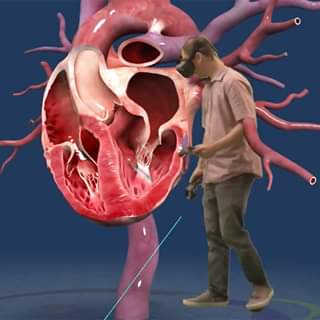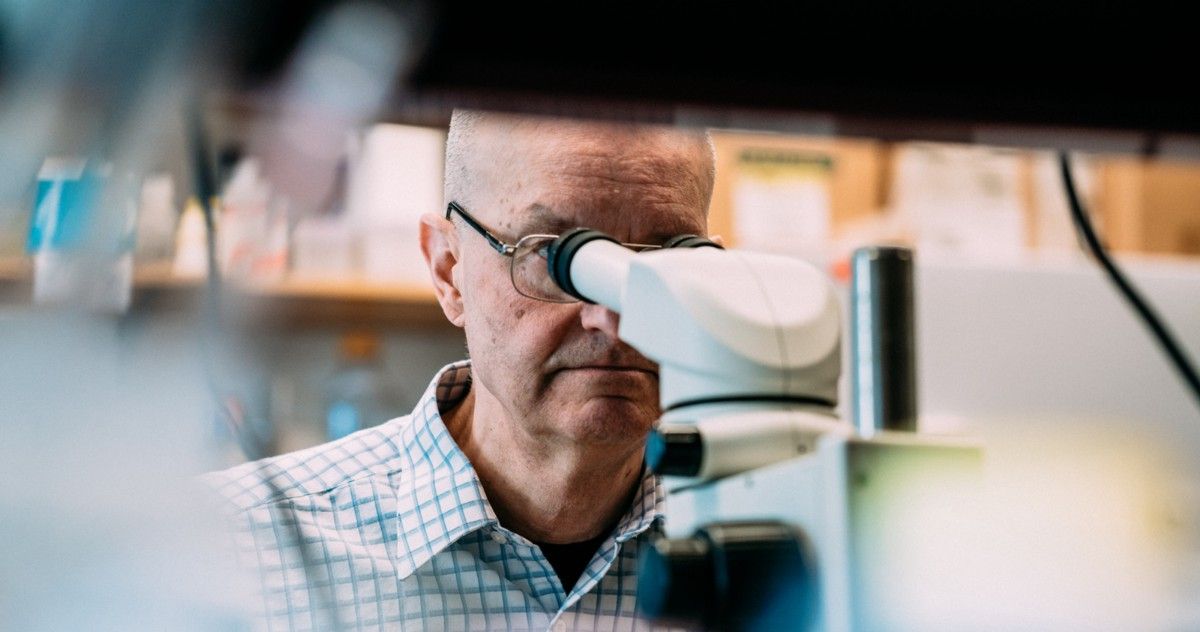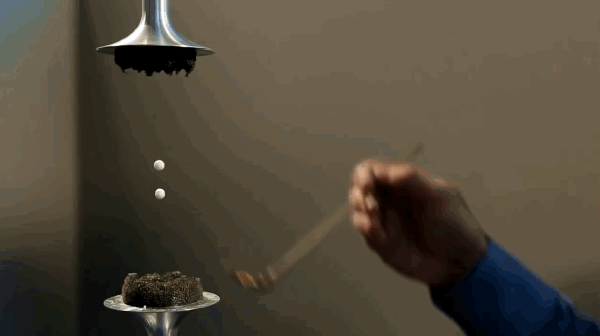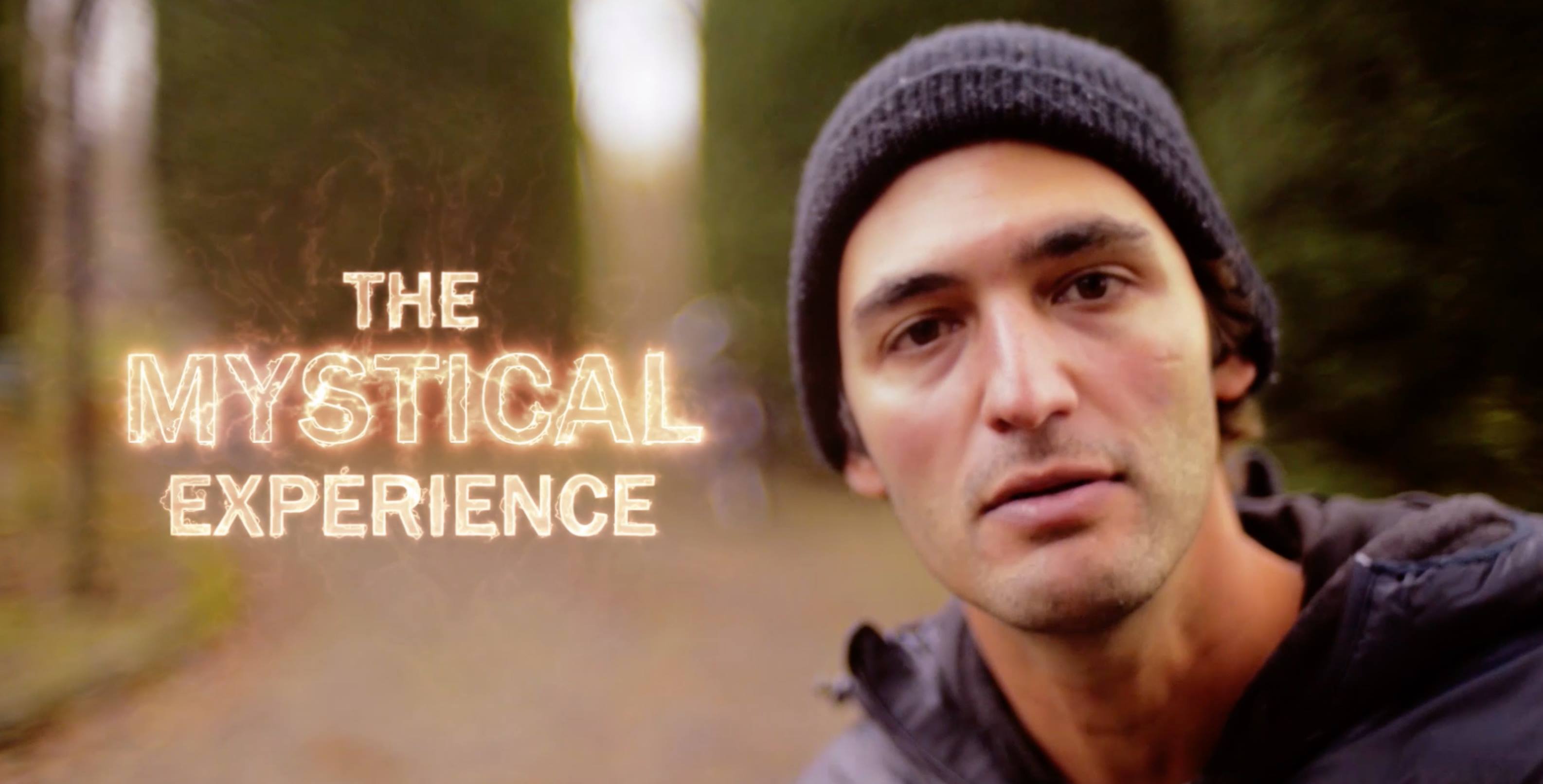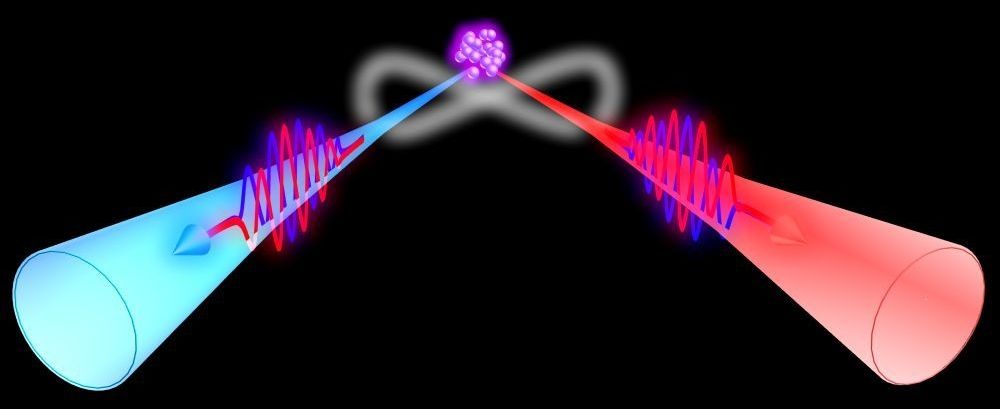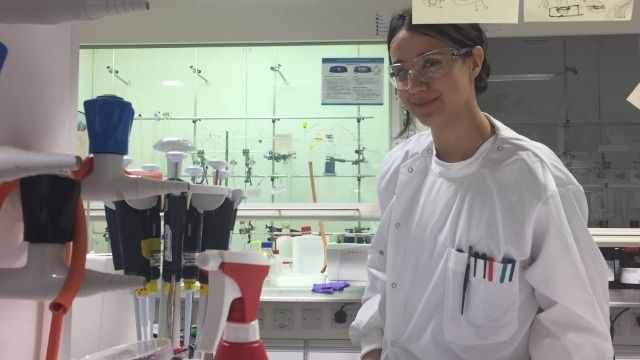May 10, 2017
Scientists have eliminated HIV in mice using CRISPR
Posted by Shailesh Prasad in categories: biotech/medical, genetics
An important breakthrough has been made in the eradication of AIDs. Scientists have found they can successfully snip out the HIV virus from mouse cells using CRISPR/Cas9 technology.
Right now patients with the deadly virus must use a toxic concoction of anti-retroviral medications to suppress the virus from replicating. However, CRISPR/Cas9 can be programmed to chop out any genetic code in the body with scissor-like precision, including, possibly, all HIV-1 DNA within the body. And if you cut out the DNA, you stop the virus from being able to make copies of itself.
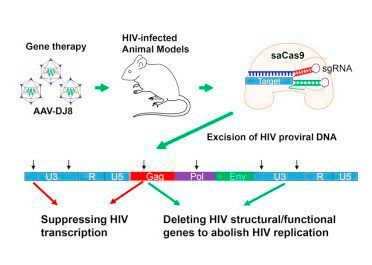
Continue reading “Scientists have eliminated HIV in mice using CRISPR” »

